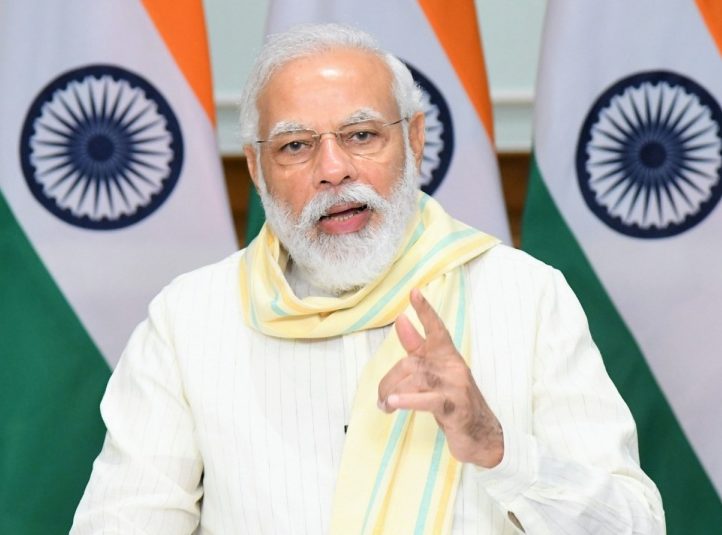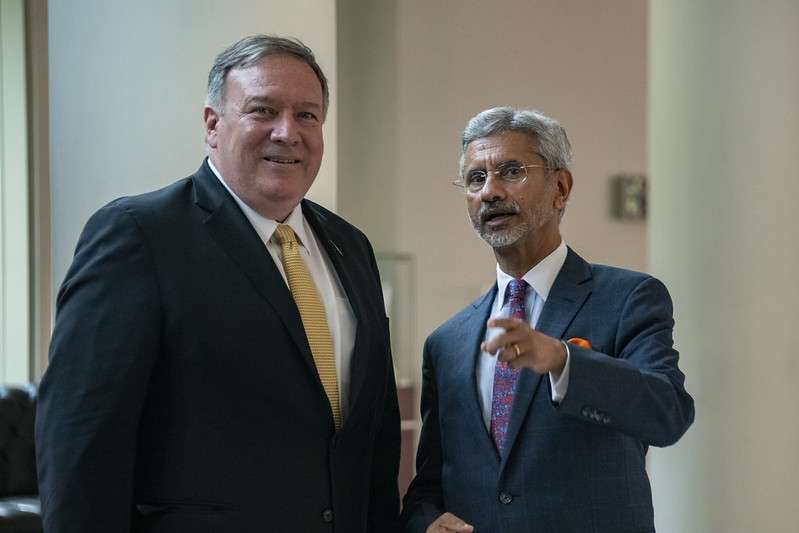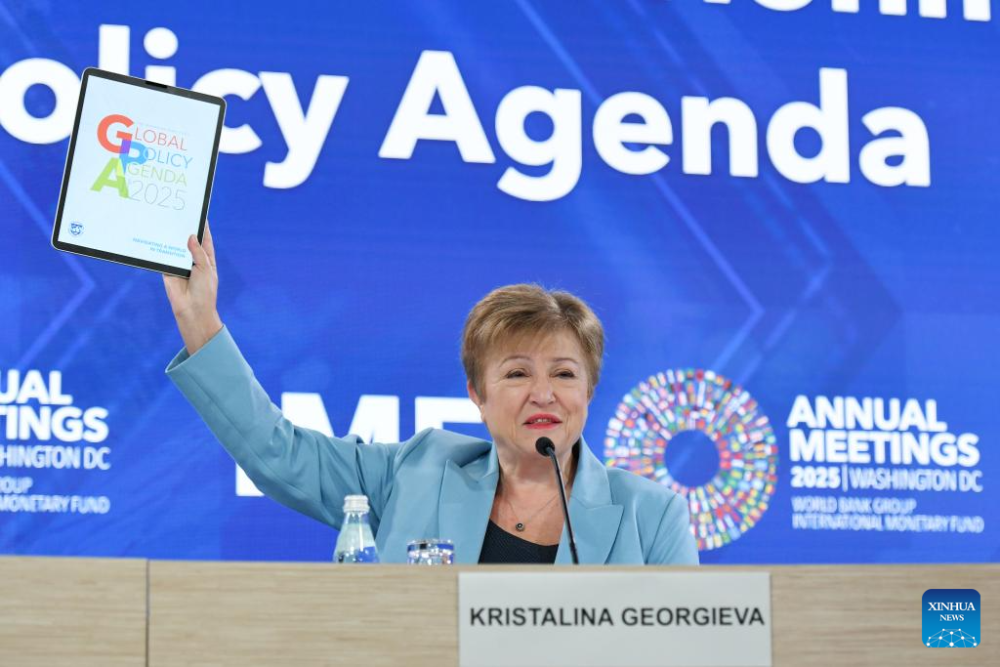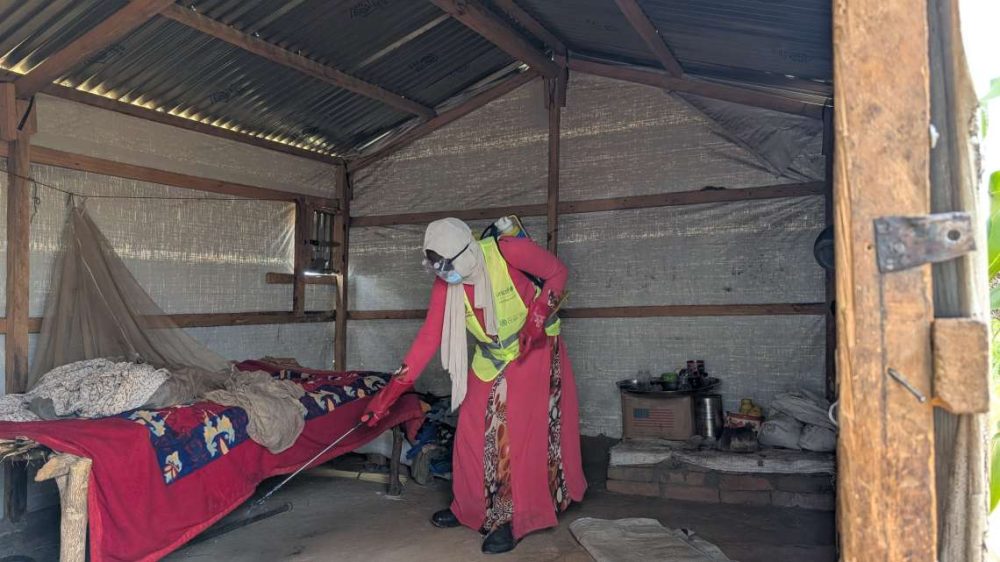
The Union Cabinet may soon take up and approve the new strategic disinvestment policy, which would include the banking and insurance sector, as the Finance Ministry has finalised the Cabinet note on the policy, sources said.
This would be a major move towards privatising more public sector units and meeting the government’s disinvestment targets.
The most significant feature of the upcoming policy would be the inclusion of financial sectors under its ambit.
The Niti Aayog recently suggested privatisation of three banks – the Punjab & Sind Bank, UCO Bank and the Bank of Maharashtra, according to people in the know.
Among the insurance companies, Life Insurance Corporation of India will not be part of this disinvestment process.
There are a total of eight state-run insurers, with the others comprising six general insurance companies and one reinsurance company.
The government has of late had to infuse capital into general insurance companies as they are undercapitalised.
In July, the Union Cabinet approved capital infusion of Rs 12,450 crore for three state-run insurance companies – the Oriental Insurance Company, the National Insurance Company and the United India Insurance Company.
The approved amount also includes Rs 2,500 crore infused in FY 2019-20.
In the last budget on February 1, the government had set aside Rs 6,950 crore for recapitalisation of the three public sector general insurance companies.
Further, the talks of stake sale in banks under the new policy, interestingly, comes after the merger of 10 public sector banks came into effect on April 1.
With the merger coming into effect, India currently has 12 public sector banks, down from 27 in 2017.
During the announcement of the Aatmanirbhar Bharat economic package in May, Finance Minister Nirmala Sitharaman had said that the Centre will come up with a new Public Sector Enterprise Policy, and open up all sectors to the private sector.
She had said that under the new policy, a list of strategic sectors requiring presence of PSEs in public interest will be notified and in these sectors, at least one enterprise will remain in the public sector and private sector will also be allowed.
The minister said that to minimise wasteful administrative costs, the number of enterprises in the strategic sector will ordinarily be only one to four and the others will be privatised, merged or brought under holding companies.








